Report
Feb 18 2022
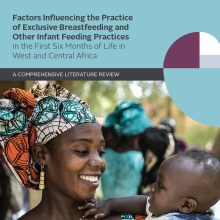
Factors Influencing the Practice of Exclusive Breastfeeding and Other Infant Feeding Practices in the First Six Months of Life in West and Central Africa
This comprehensive review of the literature written by Alive & Thrive and UNICEF provides nutrition stakeholders findings from research on the social and behavioral determinants of exclusive breastfeeding and other infant feeding practices during the first six months of life in West and Centr
Guide/Manual
Feb 09 2022
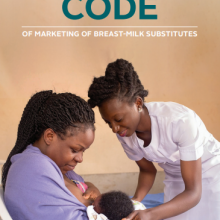
A Quick Guide: The International Code of Marketing for Breast-milk Substitutes
Updated February 2022!
This quick guide summarizes the International Code of Marketing of Breast-milk Substitutes (The Code) and relevant resolutions of the World Health Assembly that help protect breastfeeding around the globe.
Guide/Manual
Jan 10 2022
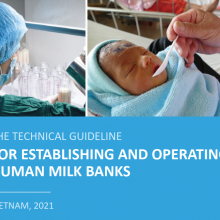
Viet Nam Human Milk Bank Guidelines
This document outlines the technical guidelines for establishing and operating Human Milk Banks in Viet Nam, providing a basis for health facilities providing maternity and newborn services.
Announcement
Jan 01 2022
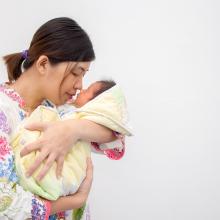
East Asia Pacific Newsletter
Subscribe to and read our East Asia Pacific Newsletter to stay up to date on all of Alive & Thrive's activities across the ASEAN region.
Brief
Sep 09 2021
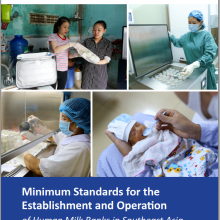
Minimum Standards for the Establishment and Operation of Human Milk Banks in Southeast Asia
Human milk bank services are an essential component of a breastfeeding-friendly health system. Such services give small and sick babies access to the multiple benefits of breastmilk by providing safe donor human milk.
Journal article
Aug 22 2021
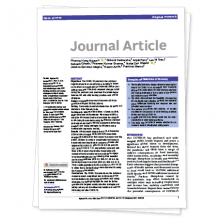
Implementation of the Code of Marketing of Breast-Milk Substitutes in Vietnam: Marketing Practices by the Industry and Perceptions of Caregivers and Health Workers (Nutrients, 2021)
This study examined implementation of the Code of Marketing of Breast-Milk Substitutes (the Code) in Vietnam with a focus on marketing practices by the baby food industry and perceptions of caregivers, health workers, and policy makers.

